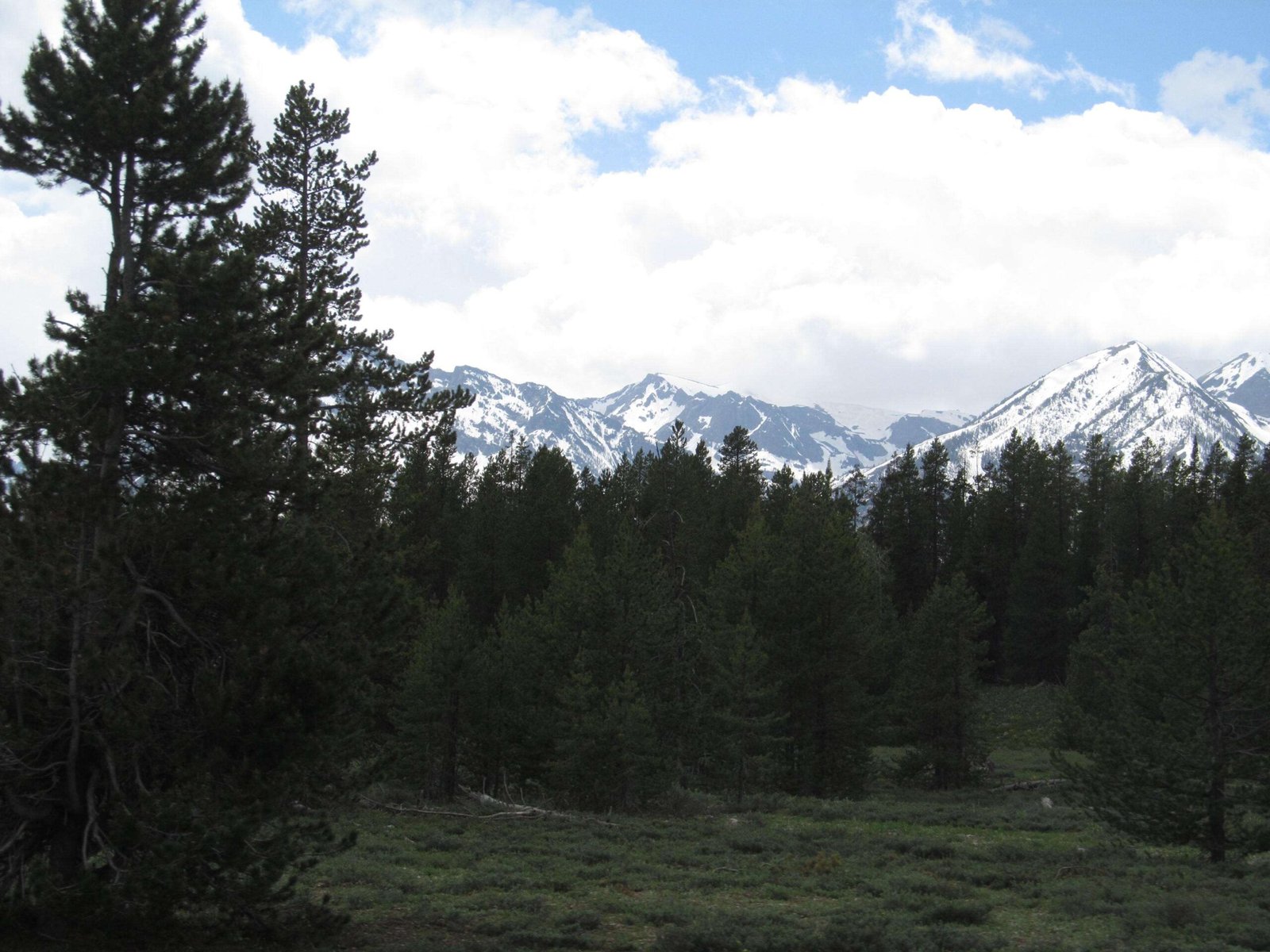The Grand Traverse in Grand Teton National Park represents an extraordinary alpine climbing challenge that demands exceptional mountaineering skills, technical expertise, and physical endurance. This legendary route connects multiple dramatic peaks across the Teton Range, offering experienced climbers an unparalleled wilderness adventure through some of North America’s most spectacular mountain terrain.
What Makes the Grand Traverse Unique?

The Grand Traverse is not a traditional hiking trail but an intricate climbing route that requires advanced technical mountaineering capabilities. Spanning approximately 12 miles and involving multiple peaks, this expedition challenges even the most seasoned alpine enthusiasts.
Key Route Characteristics
| Peak | Elevation | Technical Difficulty |
|---|---|---|
| Teewinot | 12,324 ft | High |
| Mt. Owen | 12,928 ft | Extreme |
| Grand Teton | 13,770 ft | Advanced |
| Middle Teton | 12,804 ft | High |
| South Teton | 12,514 ft | Moderate |
Who Should Attempt the Grand Traverse?

The Grand Traverse is exclusively recommended for:
– Highly experienced alpine climbers
– Technical rock climbing experts
– Mountaineers with advanced route-finding skills
– Individuals with exceptional physical conditioning
– Climbers comfortable with exposed ridge traverses
Preparation and Essential Skills
Technical Requirements
- Advanced rock climbing abilities (5th class climbing)
- Proficiency in multi-pitch climbing techniques
- Comprehensive alpine rescue knowledge
- Expert route navigation skills
- Advanced rope management
Required Equipment
- High-quality alpine climbing harness
- Climbing helmet
- Technical rock climbing shoes
- Lightweight alpine rope
- Protection devices (nuts, cams)
- GPS navigation system
- Emergency communication device
- High-altitude mountaineering layers
Seasonal Considerations
Optimal Climbing Window:
– July through September
– Most stable weather conditions
– Minimal snow coverage
– Extended daylight hours
Safety and Risk Management
Critical Safety Protocols
- Comprehensive route research
- Detailed weather monitoring
- Experienced climbing partner
- Emergency communication plan
- Physical fitness preparation
- Technical skill verification
Recommended Training Preparation
Climbers should focus on:
– High-altitude cardiovascular conditioning
– Technical rock climbing practice
– Strength training
– Flexibility and endurance development
– Mental resilience techniques
Navigation and Route Complexity
The Grand Traverse involves complex route-finding across multiple peaks, requiring:
– Precise topographical understanding
– Advanced route selection skills
– Continuous terrain assessment
– Quick decision-making capabilities
Physical and Mental Challenges
Elevation Profile
- Total elevation gain: Approximately 6,000 vertical feet
- Highest point: Grand Teton (13,770 ft)
- Sustained technical climbing sections
- Significant psychological demands
Permit and Regulatory Information
- Climbing permit required from Grand Teton National Park
- Advanced registration recommended
- Follow Leave No Trace principles
- Mandatory wilderness regulations compliance
Recommended Local Resources
- Grand Teton National Park Visitor Center
- Exum Mountain Guides
- Jackson Hole Mountain Guides
- Local alpine climbing communities
Final Considerations
The Grand Traverse demands respect, preparation, and exceptional mountaineering expertise. This extraordinary alpine journey offers unparalleled rewards for those possessing the necessary skills and determination.
Disclaimer
This route is extremely challenging and potentially life-threatening. Professional guidance and extensive preparation are absolutely essential.

